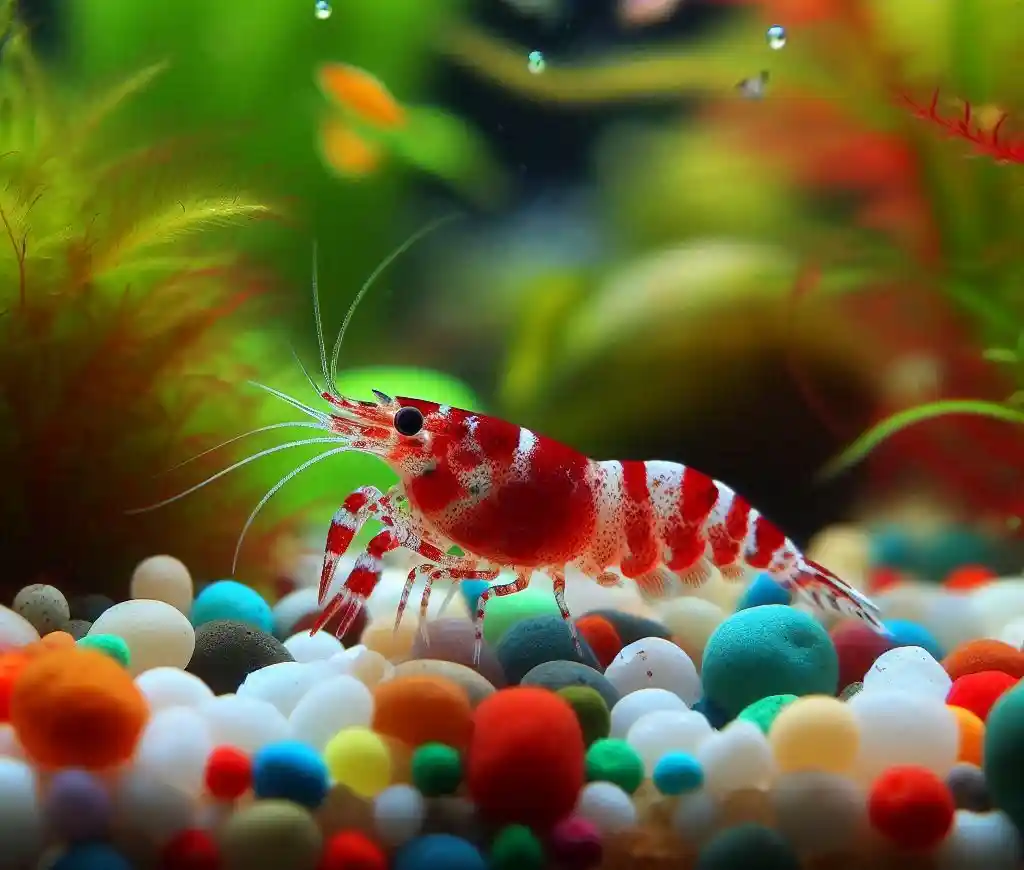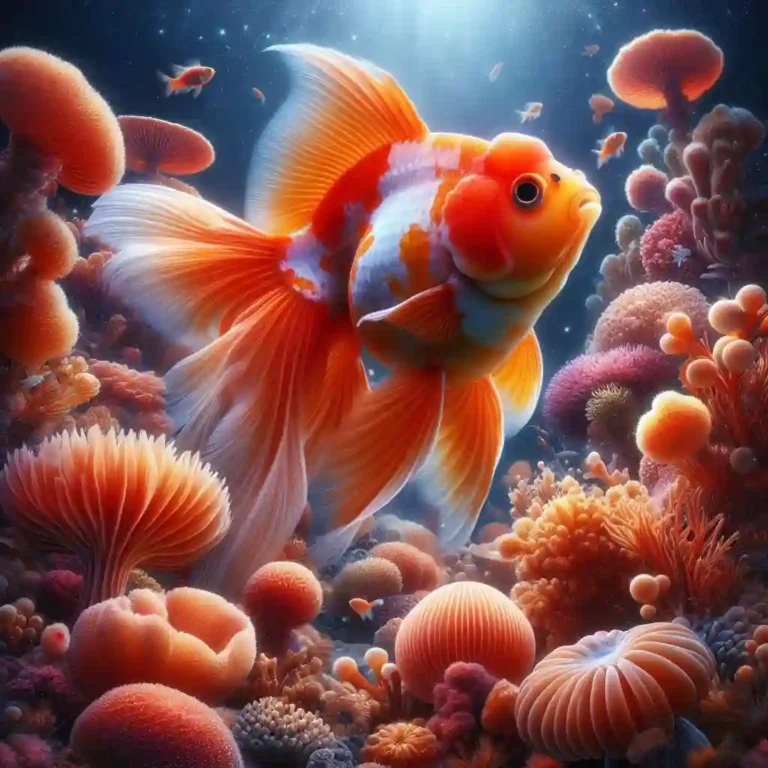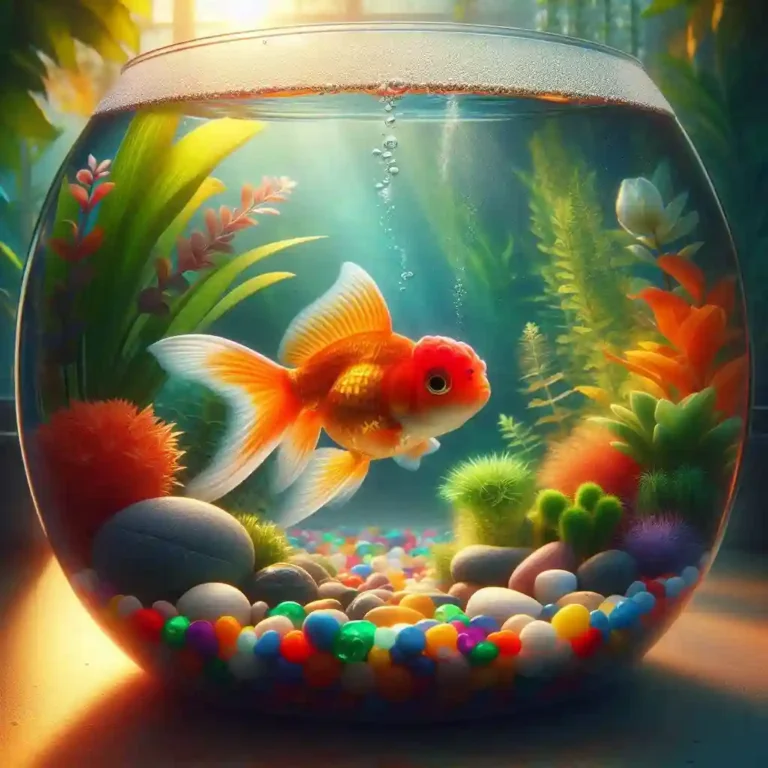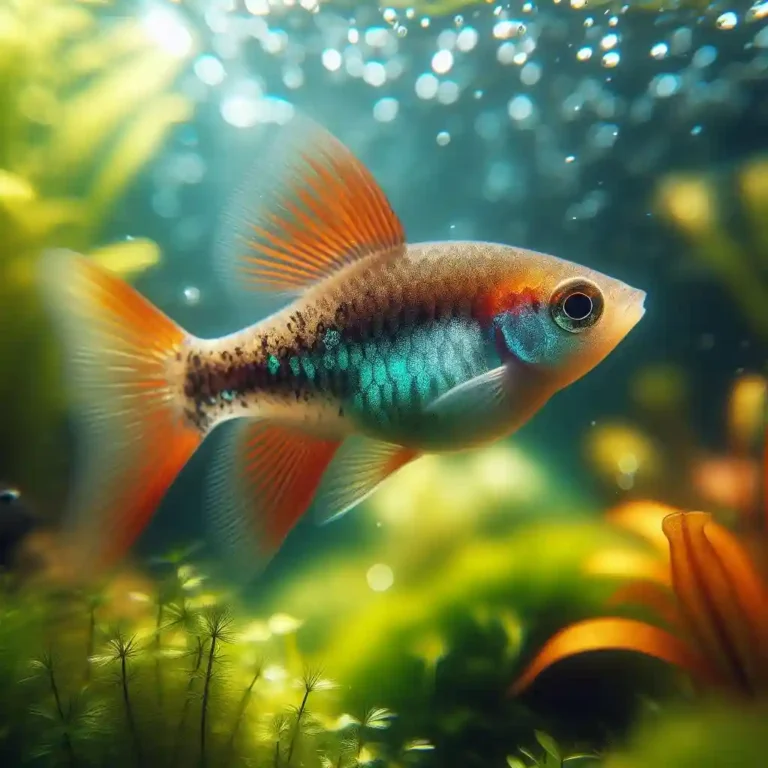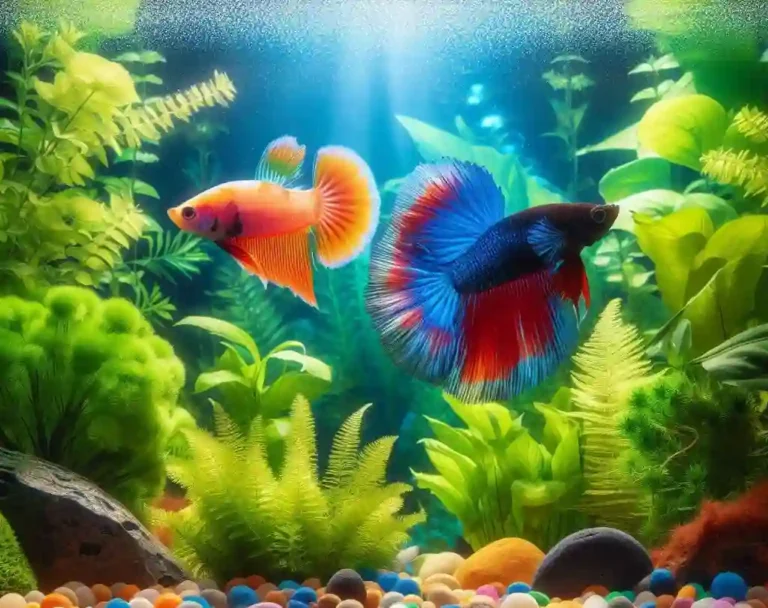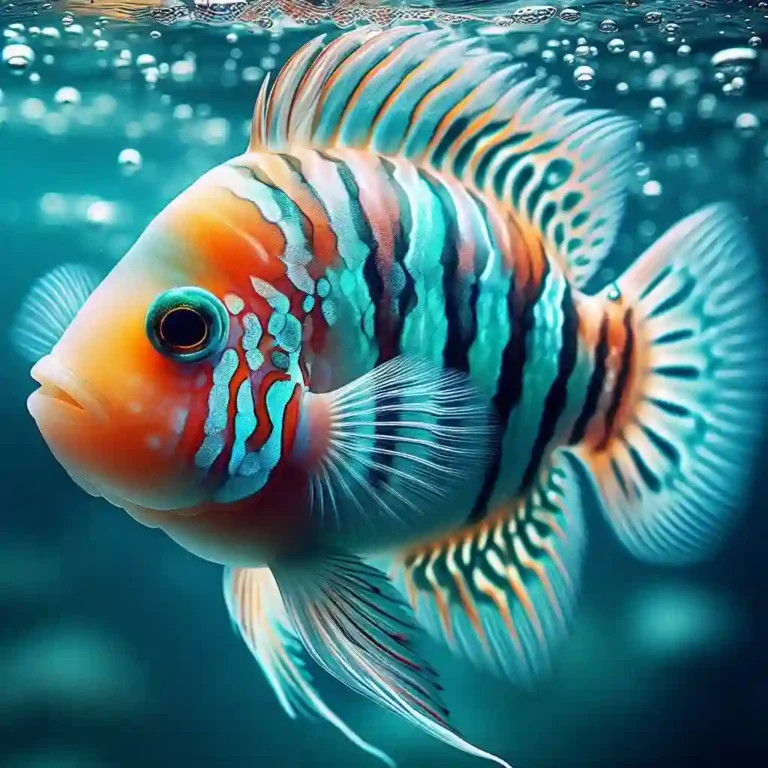How Often Do Cherry Shrimp Breed? A Guide to Breeding Success
How Often Do Cherry Shrimp Breed? One of the most critical factors in achieving breeding success is understanding how often cherry shrimp breed.
Cherry shrimp are prolific breeders, but their breeding frequency can be influenced by various factors, including water quality, diet, and environment.
In this guide, we’ll delve into the world of cherry shrimp breeding and provide you with essential information on how often they breed, factors that affect breeding frequency, and tips for encouraging breeding success.
How Often Do Cherry Shrimp Breed? – A Quick Guide
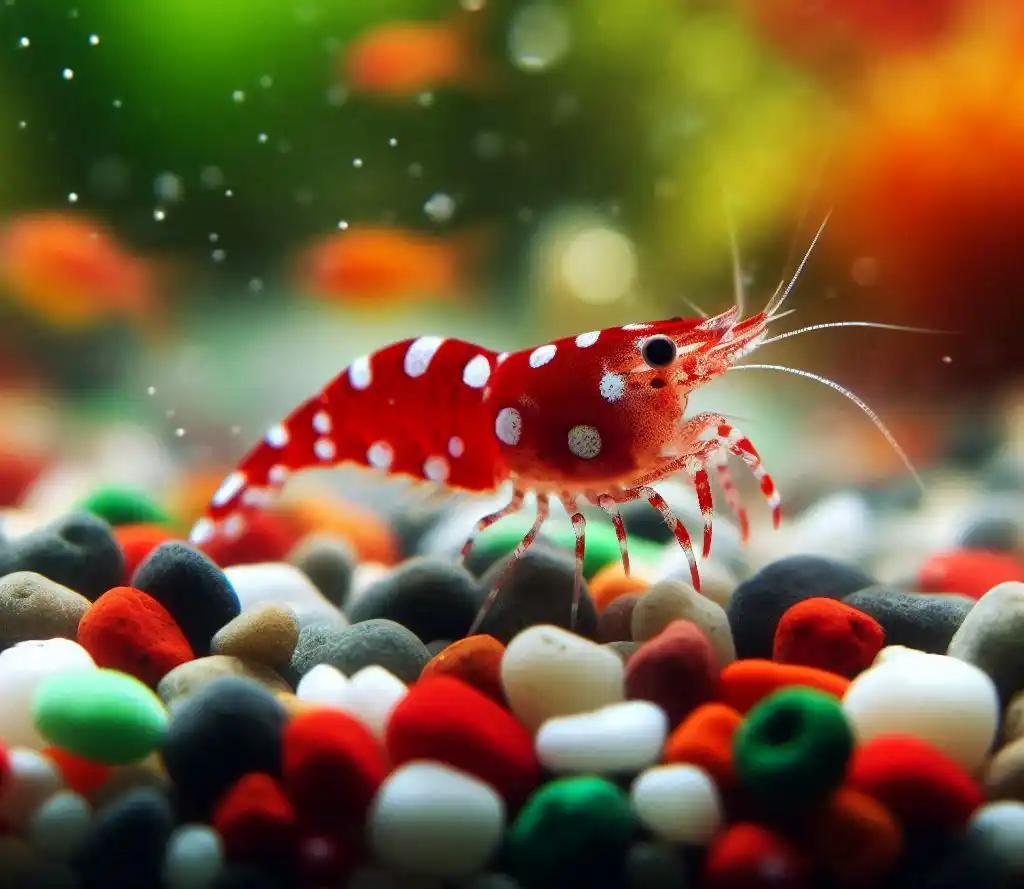
Breeding Frequency:
- Cherry shrimp can breed every 2-3 weeks in optimal conditions.
- Females can store sperm from a single mating for several broods, allowing them to breed repeatedly.
Factors Affecting Breeding Frequency:
- Water quality: Poor water quality can reduce breeding frequency.
- Diet: A balanced diet rich in nutrients supports healthy breeding.
- Environment: A suitable environment with adequate hiding places and decorations promotes breeding.
- Temperature: Optimal temperature range (22°C to 25°C or 72°F to 77°F) supports breeding.
Tips for Encouraging Breeding:
- Provide optimal water conditions, a balanced diet, and a suitable environment.
- Ensure a balanced sex ratio in your tank to promote healthy breeding.
- Avoid disturbing the shrimp during breeding and egg-laying.
Mating Frequency: How Often Do Cherry Shrimp Breed?
How Often Do Cherry Shrimp Mate?
In a well-maintained aquarium, cherry shrimp can mate every 2-3 weeks, with females able to store sperm from a single mating for several broods. This means that a single mating event can result in multiple batches of eggs, with the female cherry shrimp controlling the fertilization process.
Factors Influencing Mating Frequency
Several factors can influence the mating frequency of cherry shrimp, including:
- Water quality: Poor water quality can stress cherry shrimp, reducing their mating frequency.
- Diet: A balanced diet rich in nutrients is essential for promoting healthy breeding.
- Water temperature: Cherry shrimp breed more frequently in temperatures between 22°C to 25°C (72°F to 77°F).
- Population density: Overcrowding can reduce mating frequency, while a well-stocked tank with a balanced ratio of males to females can promote breeding.
Breeding in Captivity vs. Wild
In the wild, cherry shrimp breed year-round, with the frequency of mating influenced by factors like food availability, water quality, and predation. In captivity, breeding frequency can be higher due to optimal water conditions, a balanced diet, and the absence of predators.
Factors Affecting Breeding Frequency: Water Quality, Diet, and Environment
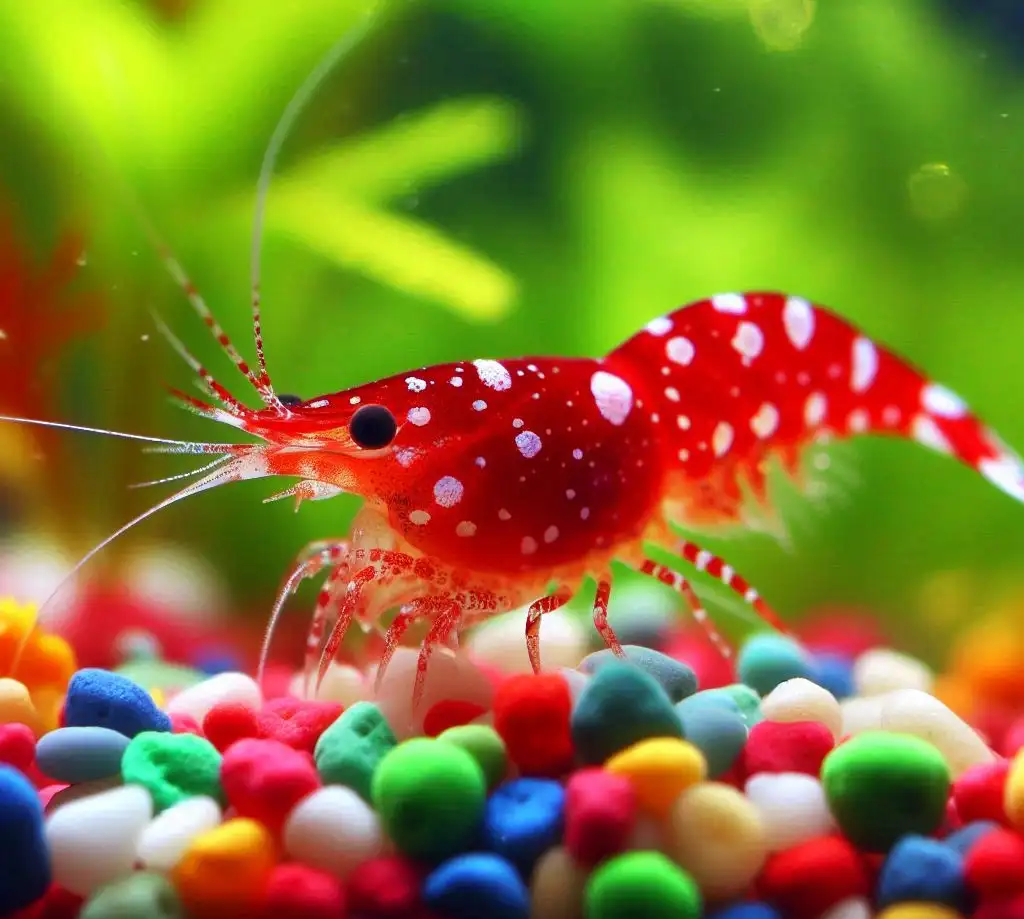
1. Water Quality
Water quality plays a crucial role in the breeding frequency of cherry shrimp. Poor water quality can stress the shrimp, reducing their breeding frequency and overall health. Key water quality parameters that affect breeding frequency include:
- Ammonia and nitrite: Presence of these toxins can reduce breeding frequency and even cause mortality.
- Nitrate: High nitrate levels can lead to poor water quality, reducing breeding frequency.
- pH: Cherry shrimp prefer a slightly acidic to neutral pH (6.5-7.5), with deviations from this range affecting breeding frequency.
- Water hardness: Cherry shrimp thrive in soft to moderately hard water (dGH 4-10), with very hard water potentially reducing breeding frequency.
2. Diet
A balanced diet is essential for promoting healthy breeding in cherry shrimp. A diet rich in nutrients, including:
- Protein: Adequate protein sources, such as algae, yeast, and small invertebrates, support healthy breeding.
- Minerals: Essential minerals like calcium, magnesium, and potassium are vital for shrimp development and breeding.
- Vitamins: Vitamins, especially vitamin C, are important for immune function and breeding.
3. Environment
The environment in which cherry shrimp live also affects their breeding frequency. Key environmental factors include:
- Temperature: Cherry shrimp breed more frequently in temperatures between 22°C to 25°C (72°F to 77°F).
- Humidity: High humidity can reduce breeding frequency, while moderate humidity (50-60%) promotes healthy breeding.
- Lighting: Cherry shrimp prefer low to moderate lighting, with high lighting potentially reducing breeding frequency.
- Tank size and decoration: A well-planted tank with adequate hiding places and visual barriers can reduce stress and promote breeding.
The Breeding Cycle: From Mating to Hatching
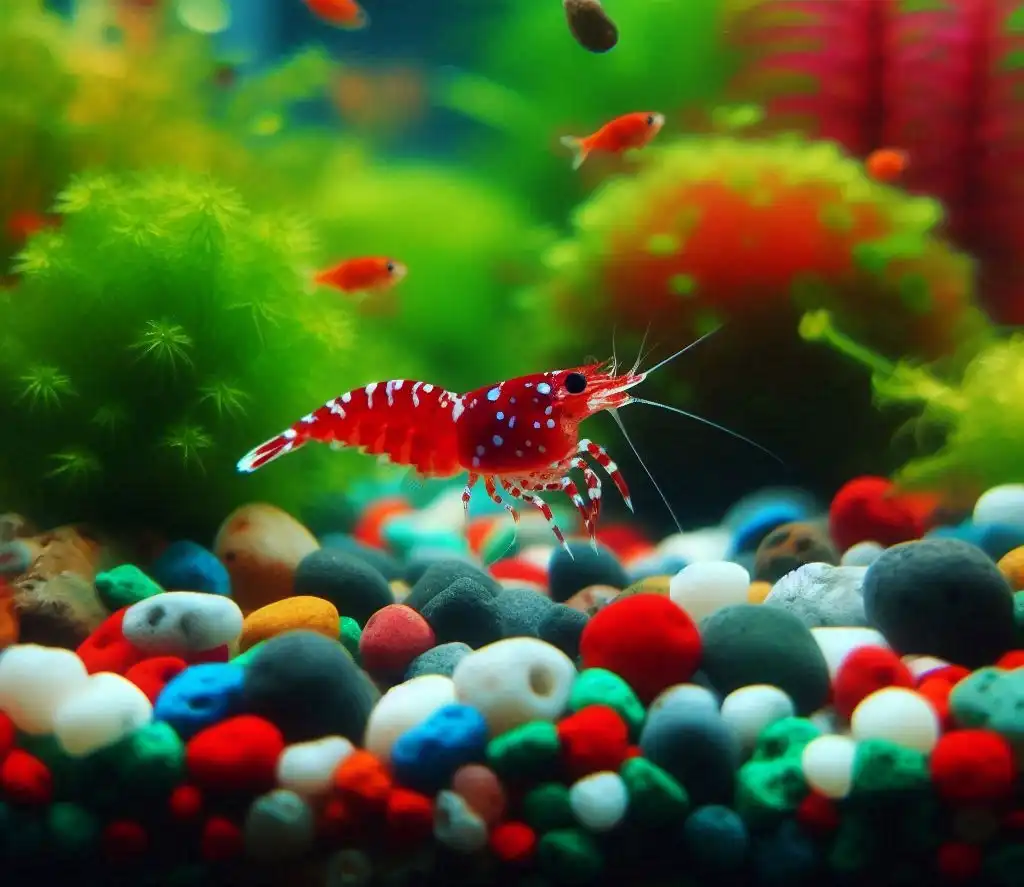
Mating (Days 1-3)
- Mating: Male cherry shrimp deposit their sperm into the female’s sperm receptacle during a brief mating ritual.
- Sperm storage: The female stores the sperm in her body for future use.
Egg Development (Days 4-14)
- Egg formation: The female cherry shrimp uses the stored sperm to fertilize her eggs.
- Egg development: The eggs develop and mature inside the female’s body.
- Egg sac formation: The female forms an egg sac, which is a protective casing that holds the eggs.
Berried Stage (Days 14-21)
- Egg release: The female releases the egg sac, which is now visible as a yellowish or orange mass under her tail.
- Egg incubation: The female carries the egg sac, incubating the eggs and keeping them clean.
Hatching (Days 21-28)
- Hatching: The eggs hatch, releasing tiny, miniature cherry shrimp called larvae.
- Larval stage: The larvae drift in the water column, feeding on small particles and growing.
- Settling: The larvae settle on plants or other surfaces, where they begin to develop into juvenile cherry shrimp.
Post-Hatching (Days 28+)
- Juvenile development: The juvenile cherry shrimp grow and develop, eventually reaching adulthood.
- Maturation: The juveniles mature and become capable of breeding, starting the cycle anew.
How Long Does it Take for Cherry Shrimp to Breed?
Mating to Hatching: 21-28 Days
From mating to hatching, the breeding cycle of cherry shrimp typically takes around 21-28 days. This timeframe can be broken down into:
- Mating to egg sac formation: 3-5 days
- Egg development and berried stage: 14-18 days
- Hatching: 3-5 days
Time to Maturity: 60-90 Days
After hatching, the juvenile cherry shrimp will take around 60-90 days to reach maturity and become capable of breeding. This timeframe can vary depending on factors such as water quality, diet, and genetics.
Breeding Frequency: Every 2-3 Weeks
Cherry shrimp can breed continuously, with females capable of storing sperm from a single mating for several broods. In optimal conditions, cherry shrimp can breed every 2-3 weeks, with a new batch of eggs being produced.
Factors Affecting Breeding Speed
Several factors can influence the breeding speed of cherry shrimp, including:
- Water quality: Poor water quality can slow down breeding, while optimal water conditions can accelerate it.
- Diet: A balanced diet rich in nutrients can support healthy breeding, while a poor diet can slow down breeding.
- Environment: A well-maintained tank with adequate hiding places and plants can promote healthy breeding.
Optimal Breeding Conditions: Temperature, pH, and Water Hardness
Temperature: 22°C to 25°C (72°F to 77°F)
- Optimal temperature range: 22°C to 25°C (72°F to 77°F) for breeding and egg development.
- Temperature fluctuations: Avoid sudden temperature changes, as they can stress the shrimp and reduce breeding success.
- Temperature stability: Maintain a consistent temperature to promote healthy breeding and egg development.
pH: 6.5 to 7.5
- Optimal pH range: 6.5 to 7.5 for breeding and egg development.
- pH fluctuations: Avoid sudden pH changes, as they can stress the shrimp and reduce breeding success.
- pH stability: Maintain a consistent pH to promote healthy breeding and egg development.
Water Hardness: Soft to Moderately Hard Water
- Optimal water hardness: Soft to moderately hard water (dGH 4-10) for breeding and egg development.
- Water hardness fluctuations: Avoid sudden changes in water hardness, as they can stress the shrimp and reduce breeding success.
- Water hardness stability: Maintain a consistent water hardness to promote healthy breeding and egg development.
Additional Tips for Optimal Breeding Conditions
- Water changes: Regular water changes (10-20% every week) help maintain optimal water quality and promote healthy breeding.
- Water circulation: Ensure good water circulation to prevent stagnant areas and promote healthy breeding.
- Hiding places: Provide plenty of hiding places, such as plants and decorations, to reduce stress and promote healthy breeding.
- Nutrient-rich diet: Provide a balanced and nutrient-rich diet to support healthy breeding and egg development.
Signs of Mating: Identifying When Cherry Shrimp are Breeding
Signs of Mating
- Male Cherry Shrimp Behavior:
- Males will often swim rapidly around the tank, searching for females.
- They may display aggressive behavior, such as chasing or fighting, to establish dominance.
- Female Cherry Shrimp Behavior:
- Females will often become more active, swimming more rapidly and erratically.
- They may display a “dance-like” behavior, vibrating their bodies or swimming in a zigzag pattern.
- Physical Changes:
- Females will develop a yellowish or orange-colored egg sac, which is visible under their tail.
- Males may develop a more vibrant coloration, especially on their claws and tail.
- Courtship Behavior:
- Males will perform a complex courtship dance, which involves rapid swimming, vibrating, and claw-waving.
- Females will often respond to the male’s courtship display by swimming alongside him or following him.
- Mating Ritual:
- The male will deposit his sperm into the female’s sperm receptacle during a brief mating ritual.
- The female will then store the sperm for future use.
Tips for Aquarists
- Observe your shrimp regularly: Regularly observe your cherry shrimp to identify signs of mating and breeding.
- Provide optimal breeding conditions: Ensure optimal water quality, temperature, pH, and water hardness to promote healthy breeding.
- Maintain a balanced sex ratio: Ensure a balanced sex ratio in your tank to promote healthy breeding and reduce aggression.
- Avoid disturbing the shrimp: Avoid disturbing the shrimp during mating and breeding, as this can cause stress and reduce breeding success.
Breeding Frequency in Captivity vs. Wild Cherry Shrimp
Breeding Frequency in Captivity
- Frequent breeding: Cherry shrimp in captivity can breed more frequently due to optimal water conditions, a balanced diet, and a controlled environment.
- Year-round breeding: In captivity, cherry shrimp can breed year-round, as they are not subject to seasonal changes or environmental fluctuations.
- Higher breeding success: Captive breeding programs can result in higher breeding success rates due to controlled water quality, temperature, and pH.
Breeding Frequency in the Wild
- Seasonal breeding: Wild cherry shrimp typically breed seasonally, with breeding peaks during specific times of the year.
- Environmental influences: Breeding frequency in the wild is influenced by environmental factors such as water temperature, pH, and availability of food.
- Lower breeding success: Wild cherry shrimp may experience lower breeding success rates due to predation, habitat destruction, and environmental stressors.
Comparison of Breeding Frequencies
- Captivity: Cherry shrimp in captivity can breed every 2-3 weeks, with a higher breeding success rate.
- Wild: Wild cherry shrimp may breed every 4-6 weeks, with a lower breeding success rate due to environmental factors.
Tips for Aquarists
- Mimic natural conditions: Aquarists can mimic natural conditions in their tank to promote healthy breeding and a thriving colony.
- Provide optimal conditions: Ensure optimal water quality, temperature, pH, and water hardness to promote healthy breeding.
- Monitor breeding frequency: Regularly monitor breeding frequency to identify any issues and make adjustments to promote healthy breeding.
Tips for Encouraging Breeding in Cherry Shrimp: A Guide for Aquarists
1. Optimal Water Conditions
- Maintain optimal water temperature (22°C to 25°C or 72°F to 77°F).
- Ensure optimal water pH (6.5 to 7.5) and water hardness (dGH 4-10).
- Perform regular water changes (10-20% every week) to maintain water quality.
2. Balanced Diet
- Provide a nutrient-rich diet that includes a variety of foods, such as algae, yeast, and small invertebrates.
- Ensure a balanced diet that meets the nutritional needs of your cherry shrimp.
3. Adequate Hiding Places
- Provide plenty of hiding places, such as plants, rocks, and decorations, to reduce stress and promote breeding.
4. Suitable Tank Size and Decorations
- Use a suitable tank size (at least 10 gallons) with adequate decorations, such as plants and rocks, to create a natural environment.
5. Avoid Overcrowding
- Avoid overcrowding your tank, as this can lead to stress and reduce breeding success.
6. Monitor Water Quality
- Regularly monitor water quality parameters, such as ammonia, nitrite, and nitrate levels, to ensure optimal breeding conditions.
7. Provide a Balanced Sex Ratio
- Ensure a balanced sex ratio in your tank to promote healthy breeding and reduce aggression.
8. Avoid Disturbing the Shrimp
- Avoid disturbing the shrimp during breeding and egg-laying, as this can cause stress and reduce breeding success.
9. Maintain a Stable Environment
- Maintain a stable environment by avoiding sudden changes in water temperature, pH, and water hardness.
10. Observe and Learn
- Observe your cherry shrimp regularly to identify signs of breeding and breeding success.
- Learn from your observations and make adjustments to optimize breeding conditions.
FAQs
Q: How often do cherry shrimp breed?
A: Cherry shrimp can breed every 2-3 weeks in optimal conditions.
Q: What is the ideal temperature for breeding cherry shrimp?
A: The ideal temperature for breeding cherry shrimp is between 22°C to 25°C (72°F to 77°F).
Q: How long does it take for cherry shrimp to mature?
A: Cherry shrimp can take around 60-90 days to mature from hatching to adulthood.
Q: What is the ideal pH for breeding cherry shrimp?
A: The ideal pH for breeding cherry shrimp is between 6.5 to 7.5.
Q: How often should I perform water changes for breeding cherry shrimp?
A: Perform regular water changes (10-20% every week) to maintain optimal water quality for breeding cherry shrimp.
Q: What is the ideal diet for breeding cherry shrimp?
A: Provide a balanced diet that includes a variety of foods, such as algae, yeast, and small invertebrates, to support healthy breeding.
Q: How can I encourage breeding in cherry shrimp?
A: Provide optimal water conditions, a balanced diet, and a suitable environment with adequate hiding places and decorations.
Q: How long does it take for cherry shrimp eggs to hatch?
A: Cherry shrimp eggs typically take around 21-28 days to hatch.
Q: Can I breed cherry shrimp in a community tank?
A: Yes, cherry shrimp can be bred in a community tank, but it’s essential to ensure that the tankmates are peaceful and won’t harass the shrimp.
Q: How can I identify when cherry shrimp are breeding?
A: Look for signs of mating, such as rapid swimming, vibrating, and claw-waving, and the presence of an egg sac on the female’s underside.

Hello, I’m Aria Cooper, the heart and soul behind Swimmy Buddies. As a devoted fish aficionado, I share my aquatic adventures and expertise to inspire your own underwater explorations. 🐠🌊

